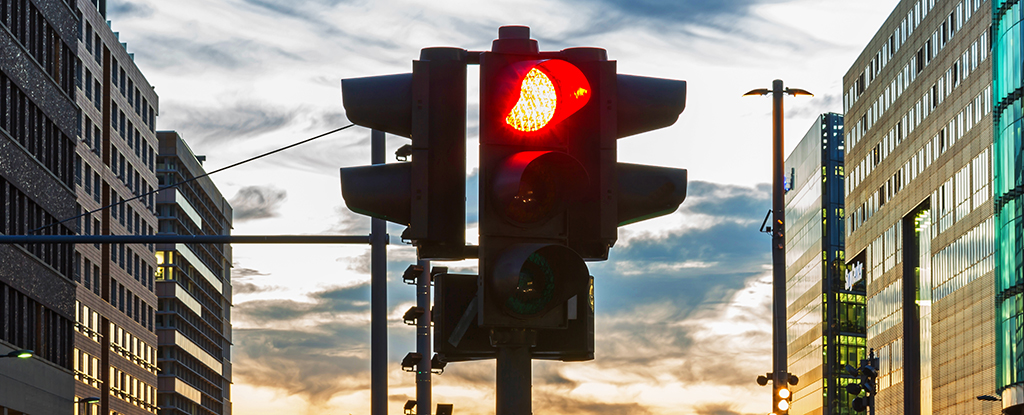Products You May Like
Google has shared an update about its AI-driven mission to reduce wait times, fuel use, and polluting emissions at intersections – and the early indications are that stops can be reduced by around 30 percent, with emissions dropping around 10 percent.
Multiply that by all the city intersections in the world and we’re potentially looking at a huge impact. Research shows that pollution is around 29 times higher at these junctions than it is on the open road.
All of this optimization is based on a wealth of data gathered from Google Maps. The app is able to monitor vehicle routes and speeds – which is why it can warn you about traffic ahead – and create AI models of how vehicles and lights interact with each other.
At the moment, city planners rely on expensive sensors or even manually vehicle counts to work out what’s happening at intersections. Google’s Maps app and AI tech means much more data can be processed much more quickly, and what’s more, no upgrades to current infrastructure are required.
“Green Light is capable of analyzing thousands of intersections simultaneously, improving the flow through multiple intersections in the city,” writes Yossi Matias, Vice President, Engineering & Research at Google.
“Our AI-based recommendations work with existing infrastructure and traffic systems, and city engineers are able to monitor the impact and see results within weeks.”
Some of the insights that Google’s AI can provide include how traffic light timings can be changed, or how traffic lights at different intersections can be linked, in order to keep vehicles running more smoothly throughout the day and night.
Project Green Light, as the scheme is called, is now live in 12 cities and four continents across the world: Seattle, Rio de Janeiro, Manchester, Hamburg, Budapest, Haifa, Abu Dhabi, Hyderabad, Bangalore, Kolkata, Jakarta, and Bali. Support for more cities is in the pipeline, and Google is encouraging new sign ups.
Google engineers aren’t the only ones looking at making traffic lights more efficient in order to reduce the output of greenhouse gasses. Earlier this year we saw a study showing how autonomous cars could work in partnership with traffic lights and human drivers to improve the efficiency of intersections.
Other researchers have looked at smart ways of prioritizing buses and bicycles, making greener transport options more attractive. As these schemes and studies show, even small improvements can lead to big differences when you consider how many people take road journeys every day.
“Green Light identified opportunities where we previously had no visibility and directed engineers to where there were potential benefits in changing signal timings,” says David Atkin, an analysis and reporting manager from Transport for Greater Manchester in the UK.
“This provided valuable insights for our city with 2,400 traffic signals.”
You can find out more about Project Green Light here.
